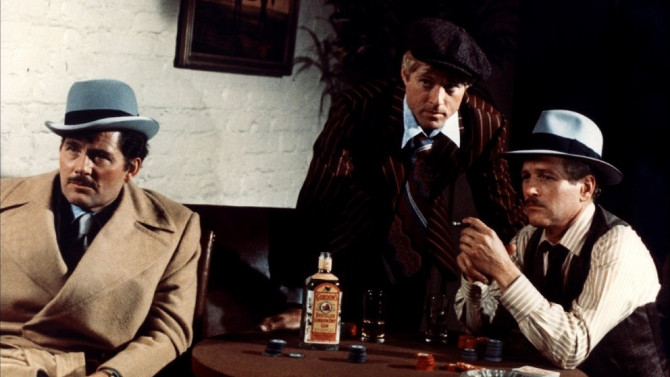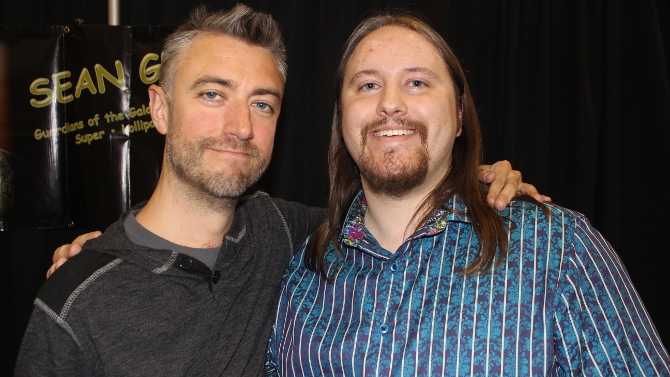
Get Your CAPE On 3.0
This past weekend saw costumes, comic books and celebrities, as the third iteration of CAPE – Cornwall and Area Pop Expo, came to town. There was something for all, as crowds surfed through a plethora of booths, looking for their favourite vintage video games, that elusive comic book, kooky new board games, or a certain desirable trading card. Likewise, cosplayers, both new and old, littered the floor. The always entertaining Dr. Stevil was even making his way around the venue on roller-skates – perhaps with a new maniacal plan to take over the world.
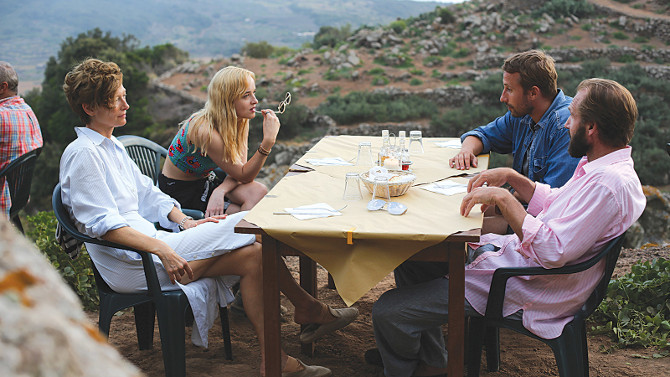
Modern Love
Sex and drugs and rock `n roll. . . (and marriage?) play a big part in the 2015 dramatic thriller A Bigger Splash. A quasi-remake of the 1969 film La Piscine (which has another sort-of remake in François Ozon’s 2003 picture The Swimming Pool), which itself comes from a novel of the same name (written by Jean-Emmanuel Conil under the pseudonym Alain Page), this very European feature is set on the lovely Italian island of Pantelleria. We first meet music icon Marianne Lane (Tilda Swinton – a perfect turn as an androgynous David Bowie-like rock `n roller), who is recovering from throat surgery, and her documentary filmmaker husband Paul De Smedt (Matthias Schoenaerts) as they enjoy the reclusive island, finding love and recuperation in its serene, picturesque setting. As they are frolicking in the waters of a secluded lake, they receive a call from Paul’s kind-of best friend and Marianne’s former lover/record producer, Harry Hawkes (Ralph Fiennes), who has tracked them down and invited himself for a visit. Director Luca Guadagnino both symbolically and literally interprets the rather rude interruption by having Harry’s incoming plane cast a long shadow and make a raucous noise just over their heads as they take the unexpected and unwanted call.
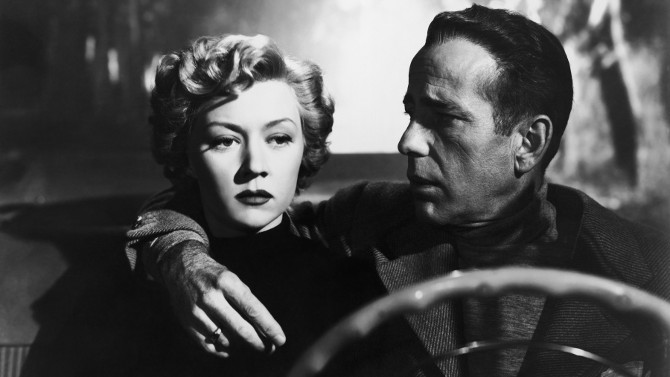
When Art Imitates Life
A man – lonely, laconic and quick to anger. A woman – cool, collected and in hiding. Both live in the same apartment complex in The City of Angels. Murder brings them together, but will it keep them together? Written by Andrew Solt and directed by Nicholas Ray, In a Lonely Place immerses us within the world of a Hollywood screenwriter, the rough-and-tumble, explosive Dixon ‘Dix’ Steele (Humphrey Bogart – who also produces the film); an apropos name to be sure. Struggling with a multitude of demons, he is quick to anger and even quicker to act. Despite not having a hit since before the war, he is given a solid opportunity by his agent, Mel Lippman (Art Smith), who asks him to adapt a novel. Seemingly uninterested, he invites the club’s hat-check girl, Mildred Atkinson (Martha Stewart. . . not that Martha Stewart), to his home to summarize the book for him (as she has just finished reading it). Following their business, he sends her on her way, directing her to where cabs usually gather nearby.
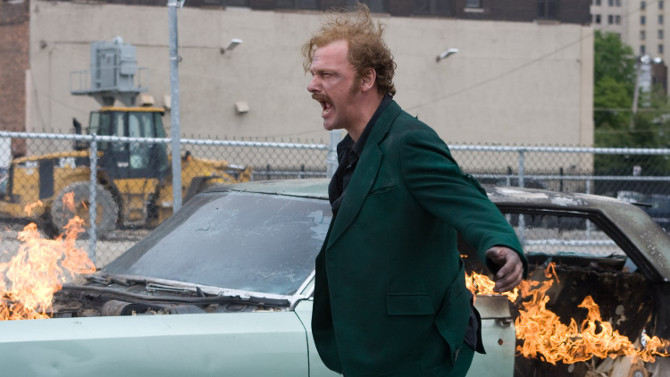
Oh Danny Boy
A true example of a hidden gem, the based-on-a-true-story crime film Kill the Irishman, directed by Jonathan Hensleigh and released in 2011, earned just over one million dollars at the box office, making it a motion picture that has sadly been missed by way too many people. Set in Cleveland, we are first introduced to our lead, Danny Greene (Ray Stevenson – Rome; Thor) in 1975, a criminal who always seems to be in the line of fire – at this point, he dodges death by leaping from his moving car after realizing it has been wired to blow. Hensleigh then transports us back to the beginning of the tale through narrator and cop Joe Manditski (Val Kilmer), as he provides us with a look at the complex gangland of Cleveland and the childhood of our main player (as he grew up on the same streets as Greene), eventually leading us to the point where Danny’s story skyrockets, in 1960, with him working as a longshoreman on the docks. It is an opening that in many ways pays tribute to Martin Scorsese’s Goodfellas.
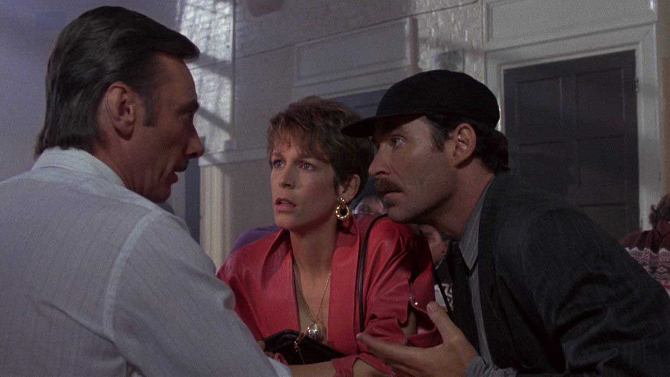
A Deliciously Fishy Caper
Satirizing the stereotypical nature of Brits and Americans, John Cleese’s 1988 film A Fish Called Wanda, directed by Charles Crichton, is a kooky heist movie with loads of quirky humour. Following a gang of bank robbers, the group consists of a comic version of a femme fatale, Wanda (Jamie Lee Curtis), her secret lover pretending to be her brother, Otto (Kevin Kline), as well as an English duo, Georges Thomason (Tom Georgeson) and the severely stuttering Ken Pile (Michael Palin – he based the part on his father, who dealt with a similar issue). To further complicate things, Wanda is sleeping with Georges and is prone to flirting with Ken. Filled with doublecrosses and complications, Georges soon finds himself in jail – not knowing who put him behind bars. With only one quasi-witness, an elderly lady who spotted the man while they were driving away from the scene of the crime, the prisoner turns to his longtime compatriot Ken to finish the woman off in a way that will look accidental – knowing that without her, the case falls flat.
Star Pick with David Ebeltoft
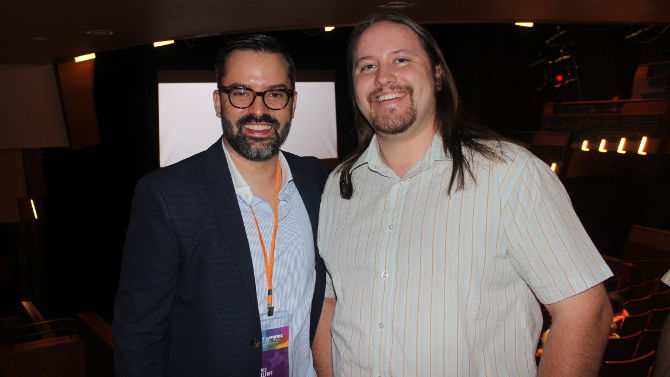
Whether you’ve seen The Sting or not, it is nearly impossible not to recognize its main theme, titled "The Entertainer". A feel good, catchy, ragtime tune that is heard on and off from very beginning to utter end, it is Marvin Hamlisch’s reworking of the 1902 song by Scott Joplin that adds an auditory flair to the piece. It is this classic cinematic work that screenwriter David Ebeltoft, scribe of the Tribeca Audience Award Winner Here Alone, highlights as being his favourite. An up and coming writer in the business, his union with director Rod Blackhurst and producer Noah Lang (who was featured in last week’s Star Pick) seems like it is going to be a fruitful one, as the film making team have already announced two more features, You Were Once Called Queen City and North, following their first united effort – which has just been released and is doing very well in both theatres and online.

